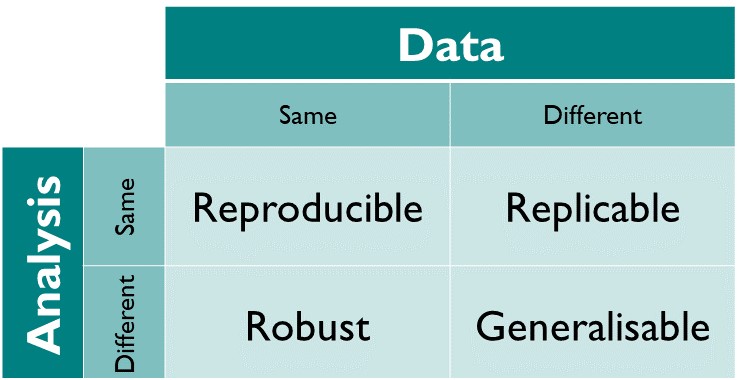Cloud Computing and Open/Reproducible Research
Last updated on 2025-05-08 | Edit this page
Overview
Questions
- What is cloud computing?
- What are the reasons researchers might need to use a cloud computer?
- What cloud computing services might be available to researchers at an academic institution?
Objectives
- Explain the concept of cloud computing
- Describe three benefits of cloud computing in open and reproducible research
- Identify cloud computing providers within and beyond your institution
- List at least three parameters that one may need to choose when creating an instance of a cloud computer
- Identify resources typically needed to utilize cloud computing
- Identify advantages and disadvantages of cloud computing versus local computing when presented with various researcher scenarios
Introduction
The majority of our researchers, outside of a few specialized fields, usually have a laptop that they use for most of their work. When they need to work with a data set, they typically download it to their laptop and use some sort of data analysis software on their laptop to conduct their analysis.
Discussion
With the person next to you, discuss:
If a researcher came to you for advice on the following questions, what advice would you give?
- “I need to analyze a data set that is too large to fit on my laptop. What should I do?”
- “My analysis needs to run for many hours and I can’t keep my laptop on for that whole time.”
- “My analysis would take many days or weeks to run on my laptop”
- “The tools I need to use for my analysis need to run in a Linux environment, but I only have a Windows or Mac laptop.”
Some common answers might be:
- “I need to analyze a data set that is too large to fit on my laptop.
What should I do?”
- Break the data up and analyze it in parts
- Use a cloud computing provider (e.g. AWS, Google Cloud, Azure)
- “My analysis needs to run for many hours and I can’t keep my laptop
on for that whole time.”
- Use a cloud computing provider (e.g. AWS, Google Cloud, Azure)
- “My analysis would take many days or weeks to run on my laptop”
- Use a cloud computing provider (e.g. AWS, Google Cloud, Azure)
- “The tools I need to use for my analysis need to run in a Linux
environment, but I only have a Windows or Mac laptop.”
- Try using a virtualized environment on your laptop
- Use a cloud computing provider (e.g. AWS, Google Cloud, Azure)
What is cloud computing?
Cloud computing is a pivotal technology for researchers, offering unparalleled access to vast computing resources and data storage capabilities via the internet. For academic librarians assisting researchers, understanding cloud computing is crucial as it enables the efficient handling of large datasets, complex computations, and collaborative projects. Researchers can leverage cloud services to perform high-performance computing tasks, run sophisticated simulations, and analyze extensive data sets without the need for substantial local infrastructure. This technology also facilitates seamless collaboration across institutions and geographical boundaries, fostering a more integrated and dynamic research environment. By utilizing cloud computing, researchers can accelerate their work, reduce costs, and enhance the reproducibility and scalability of their studies. This makes cloud computing an indispensable tool in advancing scientific discovery and innovation.
Options for cloud computing
- Institutional infrastructure (for example, institutional cluster computing)
- Public/national research infrastructure (TODO: Examples)
- Commercial services: Amazon Web Services, Microsoft Azure, Google Cloud
- Discipline-specific commercial services (TODO: Examples)
Discussion
- Does your institution have its own cloud and/or cluster computing infrastructure?
- Does your institution provide researchers with access to commercial cloud computing resources?
- How do specific research projects pay for cloud services?
- As a librarian, is there a cloud/cluster computing environment that you can access?
Cloud computing benefits
How can cloud computing reduce costs for research?
- Cloud computing often allows you to specify the storage size, processing power, chip type, internet bandwidth etc. that you need.
- If a researcher has a big computation to run, they can control costs by creating a cloud computer instance, running the analysis, and then shutting down the instance.
How can cloud computing lead to more reproducible research?
Review/define this concept here. Use Turing Way definitions.

Scalability?
TODO
- Cloud computing can make computational research easier, faster, less expensive, and/or more reproducible.
- Researchers need to use cloud computing when they need more storage space and/or processing power; cloud computing can also enhance reproducibility.
- Many institutions either have their own cloud infrastructure or have arrangements with commercial providers. An institutional cloud infrastructure costs money to maintain, and commercial services cost money to use.
